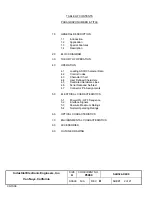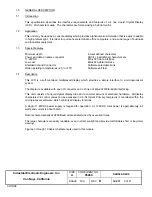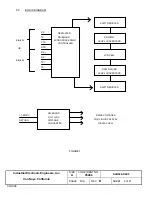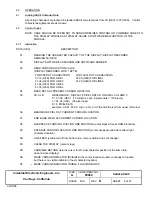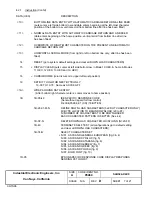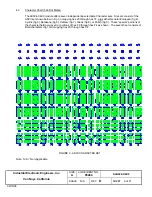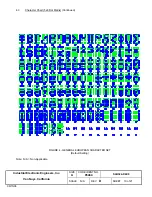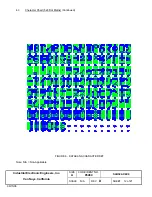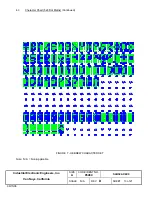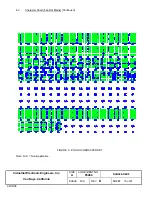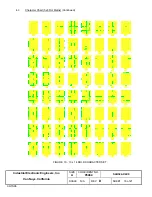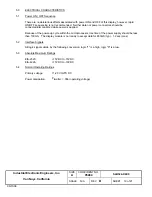
Industrial Electronic Engineers, Inc.
SIZE
A
CODE IDENT NO.
05464
SLB324-X4X0
Van Nuys, California
SCALE N/A
REV
D
SHEET 5 of 21
06/15/06
3.0
THEORY OF OPERATION
Liquid Crystal Displays utilize ambient light falling on the display to reflect the image to the observer. The
LCD cell is constructed by sandwiching a liquid crystal mixture between two glass plates that are coated
with a polarizer, and lined with transparent electrodes. A selectively applied electric field aligns the nematic
molecules (crystals) so that they either transmit or block the polarized light from being reflected back out of
the cell to the viewer.
This display consists of two display areas, each comprising a matrix of 18 x 120 dots, to display two lines
of characters. A matrix addressing technique provides individual control of the electric field applied to each
dot used to create the character. The reflected light appears as a yellow-green background, and the light is
blocked to create the dark blue characters. The 18 high dot columns allow for creation of special
characters and fonts. Liquid crystal displays have several advantages over other display technologies.
LCDs operate from low voltage and power, are viewable in direct sunlight, have long life, and are more
economical to manufacture.
FIGURE 2


